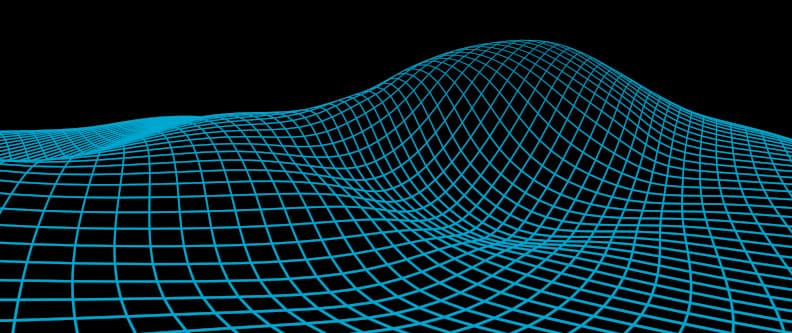
Few things in this world depend on only one input. How do you go about finding which factors are most important, much less how important each factor is?
One approach is to be completely informal and haphazard about deciding what to test, then completely formal and rigid about testing. But there is a better way.
Response Surface Methodology (RSM) lets you do your initial exploration in an organized manner, getting the most out of each experiment by letting statistical principles guide your exploration. However, with RSM you typically run a sequence of small experiments, using what you learn from one experiment to decide what to test next, rather than running one big, complicated statistical experiment. Response surface models can be used for more formal testing, but can also be used earlier in the learning process.
Linear regression is a special case of response surface modeling, the case of a flat surface. In general things are more complicated than linear models can capture, especially over a wide range of variables. Over a limited range linear regression may work well: a curved surface looks flat if you zoom in on a small enough piece of it. When you’re just beginning the process of optimizing a system, you may not be close enough to your destination to limit your range of inputs for linear regression to be adequate.
Statistical models can be like the overly-literal genies of myth. If you ask for the best fit to an inadequate statistical model, you’ll get it. By considering more general response surfaces, RSM increases your chance of getting a response to what you really want to know.
If you’d like expert guidance in using response surface models, call or email for free initial consultation.
Trusted consultants to some of the world’s leading companies

